I've been surprised and a little amused that my most "popular" (most read) post in the history of this blog...is the one I wrote on how common it is to find a rooster positioned on the cross above so many churches in France. At first I thought a teacher somewhere must have assigned a term paper on the subject to a big class as "rooster on church" became the object of the most common Google searches leading to this site. But months have gone by, and week in and week out this little post continues to get read more often than everything else, so I guess it must have fulfilled a need.
In any case, here's an updated version with additional photos and feedback I've received along the way. (If you have any speculation on why this subject comes up so often -- please do share it in the comments section below!)
That ubiquitous bird
In almost every French village you’ll find a church. And whether it’s old or new, Romanesque or Gothic, urban or rural, your eyes will be drawn up to the cross at the highest point on the church -- and on top of the cross you’ll see … a rooster?
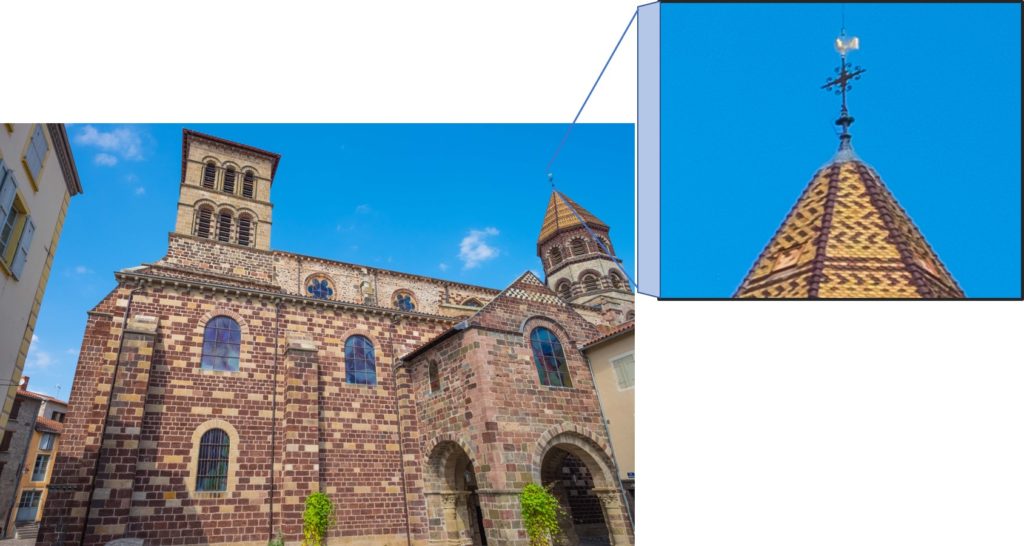
The Romanesque church at Brioude (a site with 3 Michelin stars) is one of the great architectural treasures in the Deep Heart of France.
I asked a French friend why this symbol is so pervasive on French churches. After a little hesitation, he brightened and said “because a rooster is the symbol of France!” Which is true – you’ll also see roosters perched on top of war memorials, town gates, and old coins. But is that why it appears on top of the cross?
Nope! That response didn’t seem right to me, so I dug in a little deeper. It turns out that the symbol is much older than the country of France itself – and (not surprisingly) that there are almost as many interpretations of its meaning as there are steeples in France. [In fact, the oldest known example of a rooster sitting on a cross is in Italy, at the church in Brescia, and it’s at least 1,000 years old.]
Some of the possible meanings
It’s a symbol of the rising sun because this is the bird that announces the dawn. So, “like Christ, it announces the arrival of the day after the night, the arrival of good after bad.”
Roosters are proud, courageous, intelligent and vigilant – the qualities we expect the church to demonstrate in its community.
We use the rooster because early Christians met for morning prayers according to the bird’s crowing, at least until the first bell-towers appeared in the 5th century and took over that function.
The cock on the weather vane always faces into the wind, so it’s a symbol of the way Christ facing into the sins and dangers of the world.
(suggested by reader Jackie Ford, based on Acts 1:11):
"The rooster will crow when Jesus returns. After all, Christians have been waiting for Jesus to return since He ascended and the Angels said 'Jesus will come back in the same way you have seen Him go.'”
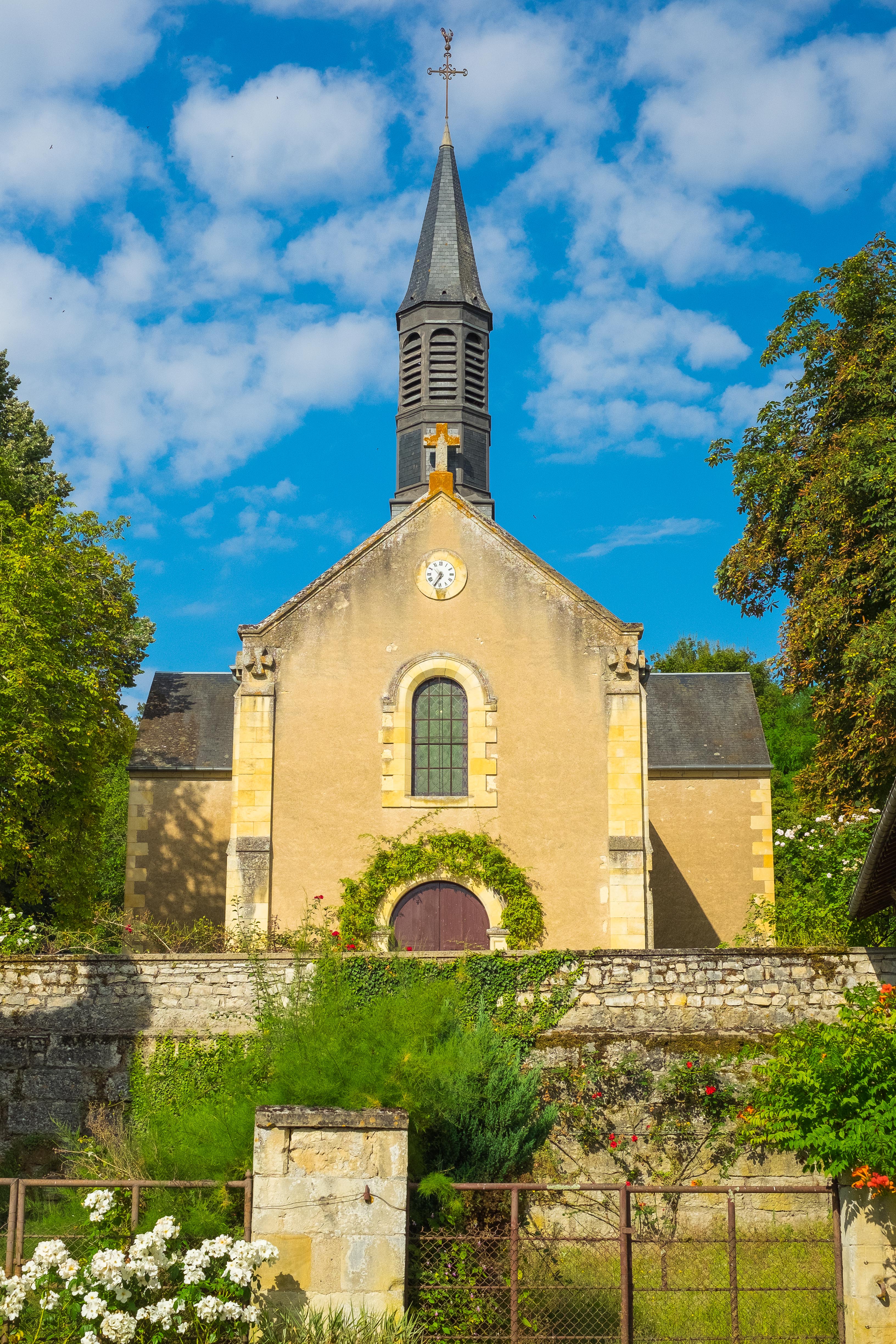
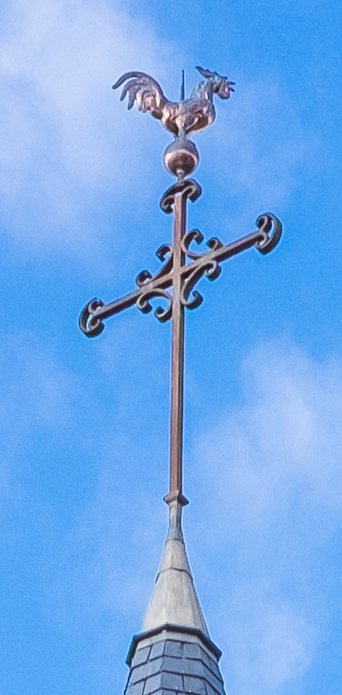
The historical source
You get the picture. There are many ways to interpret this pervasive symbol. But why is it so universal, so widely present on everything from tiny country churches to big urban cathedrals? Here the record is considerably cloudier. Several of the “historical” sources say that, around 850 A.D., Pope Leon IV ordered the placement of a rooster on the original basilica of St. Peter in Rome, presumably to commemorate Jesus’s prediction addressed to the apostle Peter “Before the rooster crows you will deny Me three times.”
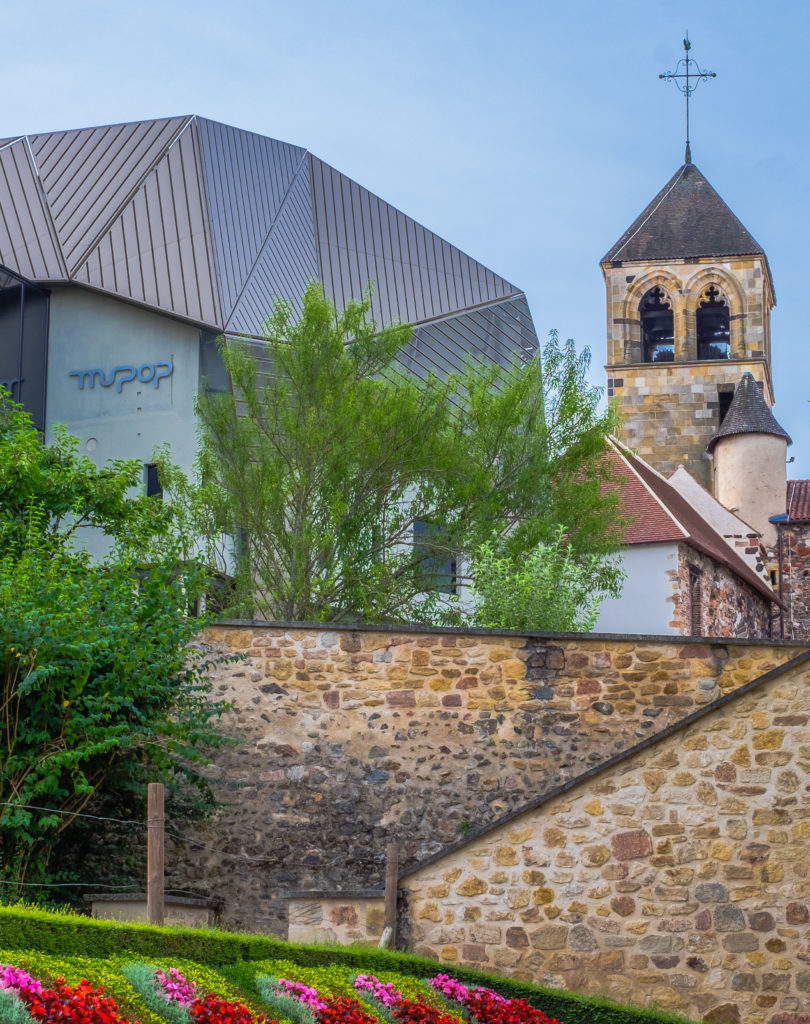
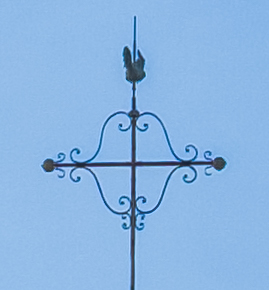
The Eglise Notre Dame in Montlucon -- home to the Bourbon family of Dukes -- coexists with the fine MuPop museum of popular music.
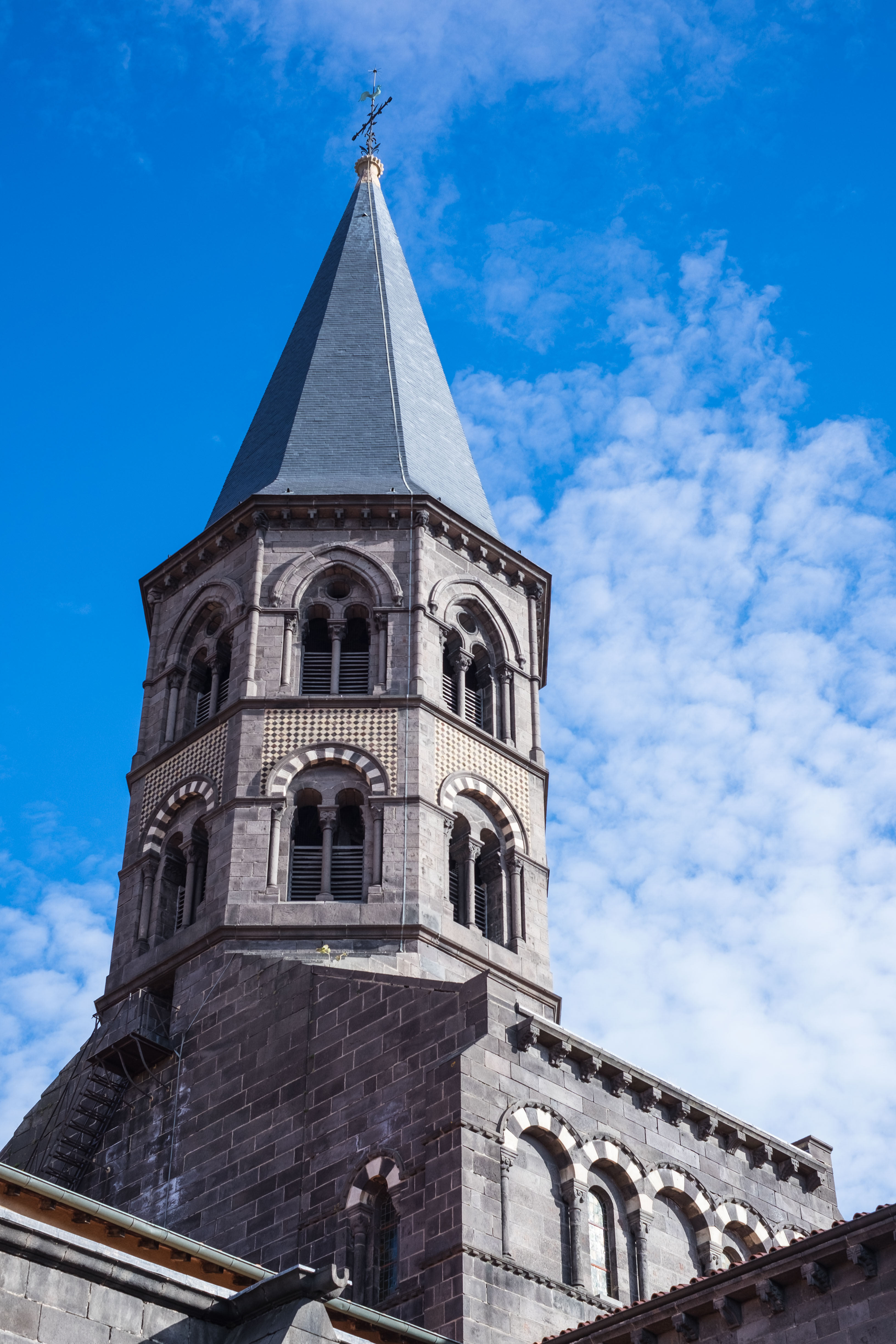
The problem is there’s no historical record of any such order from the Pope and no other credible “first source” for the practice. So in the end, this is one of those great “quarrels among specialists” – source material for thousands of school papers, sermon homilies, and academic discussions over several hundred years.
Hélas, it’s all conjecture. My own guess is that a version focused the rooster as a symbol of Christ “announcing the arrival of the day after the night” is close to the original meaning. But isn’t it the richness of symbols, the way they reverberate with other meanings and personal experiences, that makes them so useful to us over time?
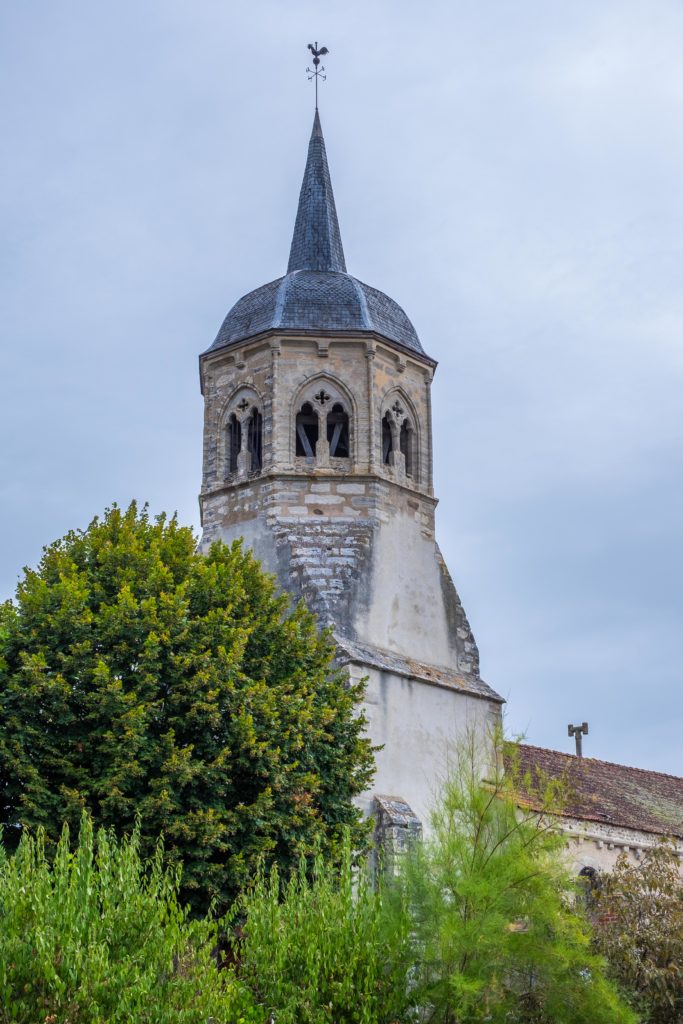
What symbolism have you encountered in the places you’ve seen as you've traveled around France – anything that you found particularly odd or interesting? Please tell us about it in the comments section below. And please take a second to share this on Facebook, Twitter, or your preferred social media forum using the buttons below.
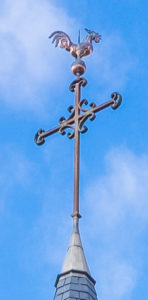
One of my favorite small Romanesque churches is at Saint Menoux in the Allier -- and it houses a remarkable secret inside!
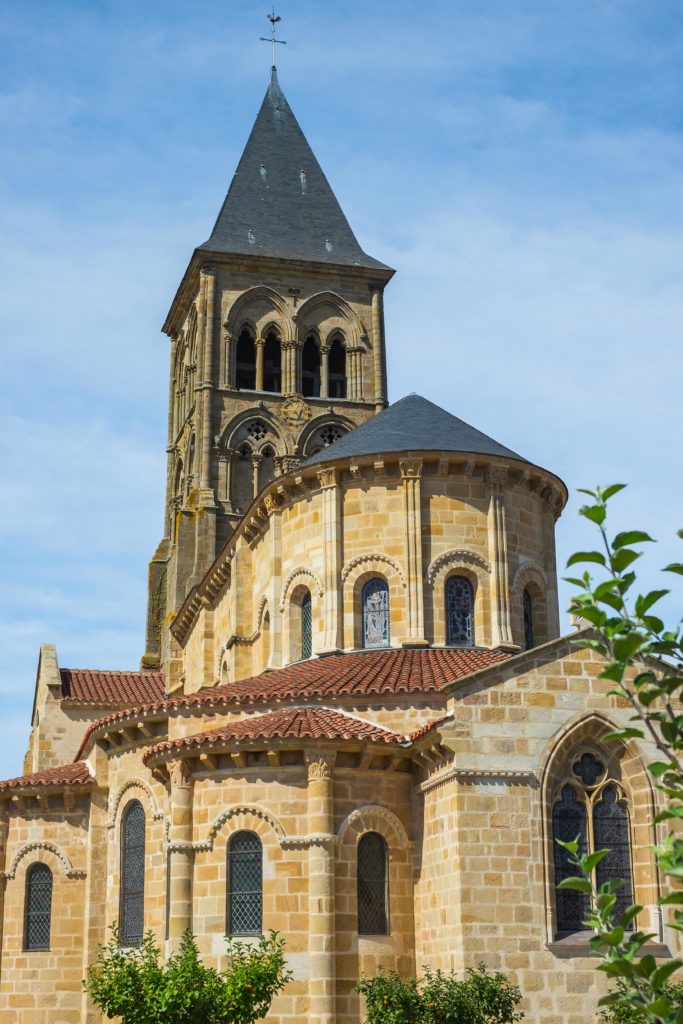
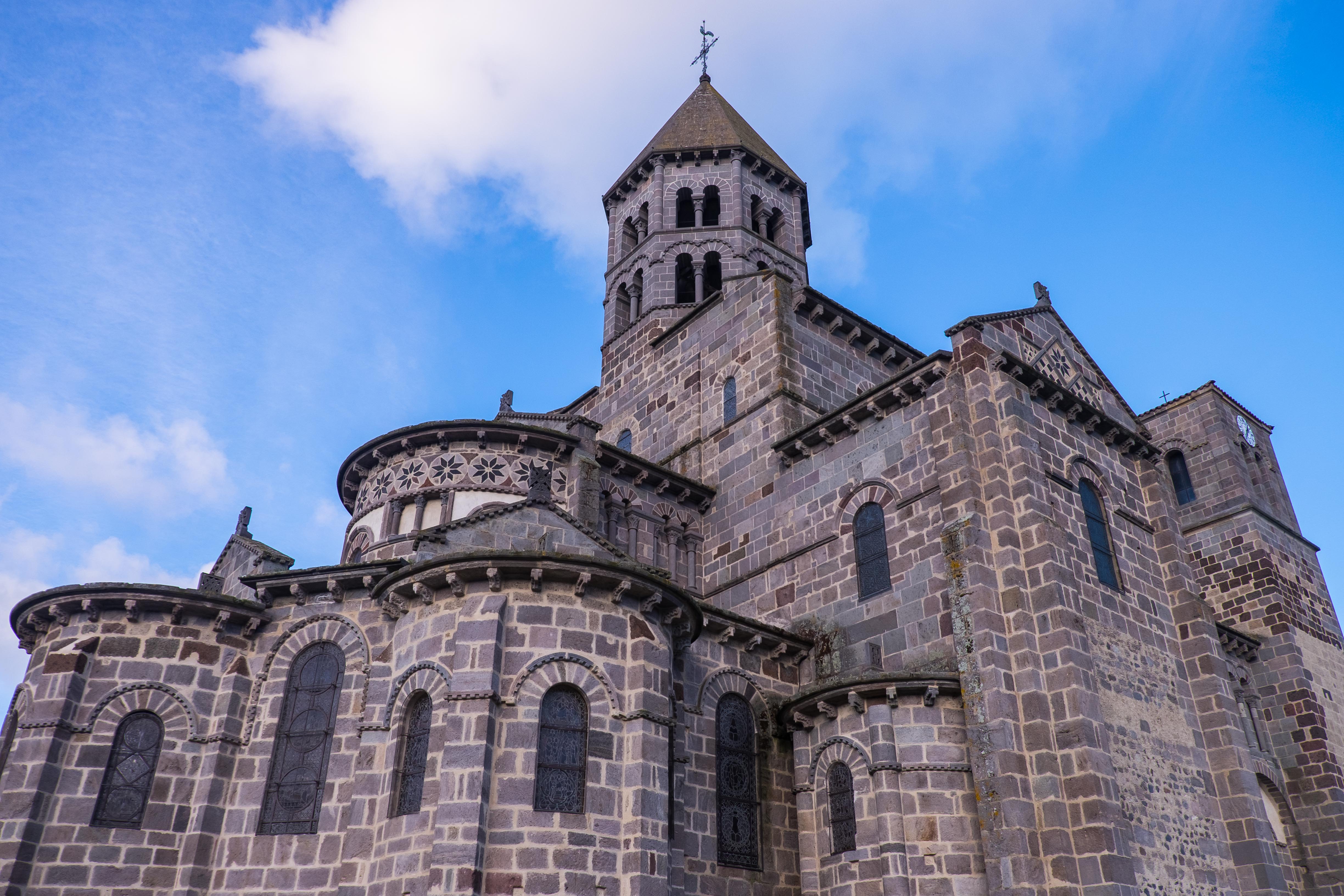

Well in fact we do know why a rooster is on the churches, not only in France but in a large part of Europe. Before Christianity took power in Europe, Germanic and Celtic pagans held the rooster in high regard. They put it on top of may tree’s and buildings because the rooster was a symbol of protection to ward off danger. For the same reason the rooster was sacrificed and his blood used to sprinkle when a new building was finished. Often the dead rooster would be buried under the threshold. The idea was that the spirit of the rooster then inhabit the building and protect it. This was especially so in the Germanic culture. When the Vatican forces invaded Western Europe, they used all kinds of tricks to convert the local population, sad to say it was much like IS did in the establishing of their Islamic State. They used brutal violence and psychological tricks. One of them was to `Christianize pagan symbols and traditions. Mostly churches were built on top of pagan sacred sites so the locals were forced to visit the church when going to their sacred site. The rooster on top would further make it easier to lure pagans inside. Over time people associated the rooster with a church building. The ‘Green Man’ is also one of those tricks we see on old churches. There are hundreds of more pagan practices, symbols and concepts that were used by the church to help convert the Germanic and Celtic peoples.